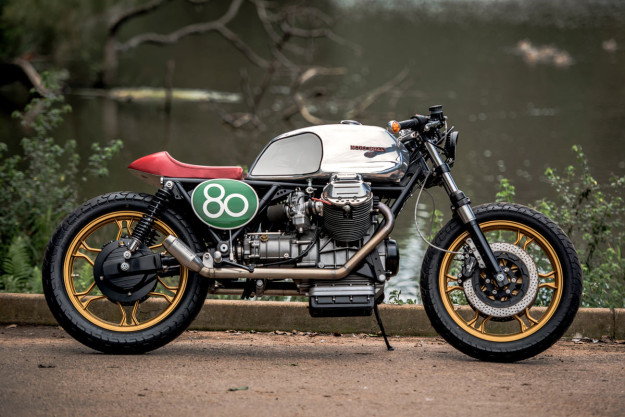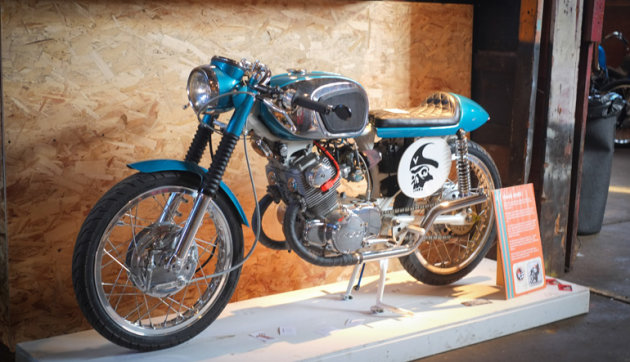I picture myself in a rocking chair on a porch somewhere using the latest portable computing device re-reading this blog entry and turning to the old crusty guy sitting next to me in his rocking chair and saying, “See this? I did that! I am a rockstar!”
I also do this for fellow Guzzi riders, especially relatively new Guzzi owners like me, who encounter what at first seems to be straight forward problems that ultimately takes twists and turns and needs a little creativity to manage a solution.
The problem:
At the beginning of the summer during a commute home when it was particularly hot, while idling at a stoplight, I noticed the ‘check engine’ light flutter to life on the dash. I thought “Uh oh”, but when the stoplight turned green and I rev-ed the engine to take off, the check engine light promptly went out. By the time I got home I forgot about it. (A foreshadow of things to come? See 1st paragraph.) A few days later, under the same circumstances—hot day, engine idling—the check engine light came on again but this time accompanied with the 'oil can icon' showing on the dash panel. That kept my attention and when I got home and I went through the diagnostic settings to read the fault code: DSB 08, oil pressure fault. I felt a tightening around my throat.
Checking in with my long time Guzzi riding friend revealed he has a similar problem with his Grisso—something he had been ignoring for years! A little Internet research revealed numerous other Moto Guzzi owners with similar problems. And all under the same circumstances of high temperatures, low engine revs, either or both the check engine light and ‘oil can icon’ showing on the dash. I read only a rare few had actual oil pressure problems—e.g. oil pump failure—and I was very relieved. The switch is located on the top of the engine within the “V”. Replacement would require removing the fuel tank at a minimum which I assumed was rather involved (based on experiences with my previous Italian motorcycle) and so I was fully prepared to ignore the problem.
Oil pressure switches are a common component of nearly all internal combustion engines. This relatively simple electrical switch informs the operator that oil pressure has dropped, ostensibly indicating an unsafe condition that needs to be remedied. When I removed the old switch on my Norge, I broke off the plastic housing which showed a simple metal “plunger” and a spring. Apparently, these Guzzi switches “fail” by giving a false reading of low pressure under conditions of high temperature when the engine is at low speeds like idling. The high temperature is probably a factor because that is when oil viscosity is at its lowest (water is a low viscosity fluid, syrup is a high viscosity fluid) and along with low engine speed is likely not “pushing” against the plunger with enough force to maintain electrical contact within the switch falsely indicating to the main ECU that the oil pressure is low.





















